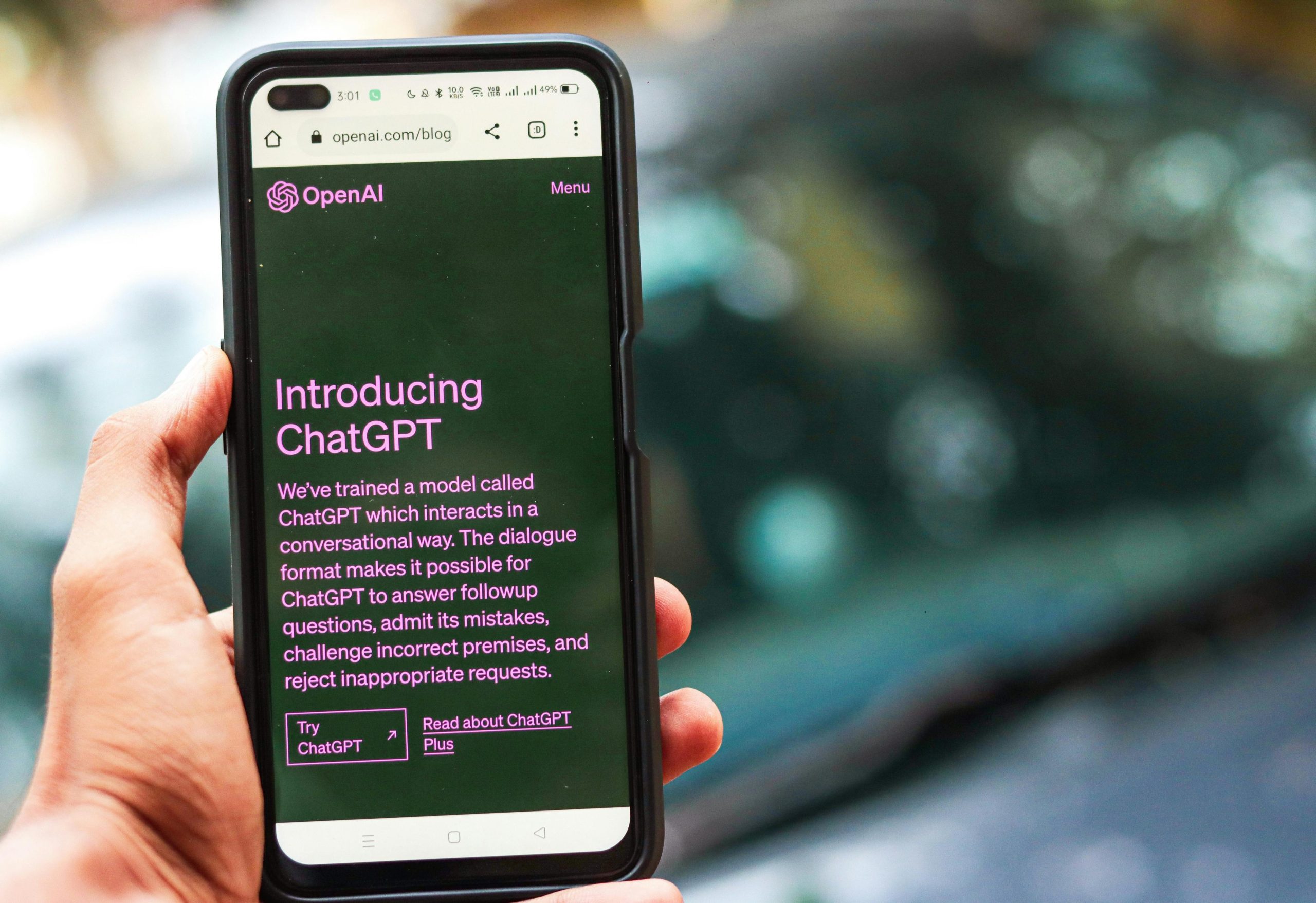
Implications for the Third-Party Application Layer
The cumulative impact of centralized power, astronomical capital requirements, gnawing legal ambiguity, and the strategic choice by platform owners to move aggressively up the value chain is the systemic devaluation of the application layer built on abstraction. It’s a slow squeeze that ends with compression.
Devaluation of Specialized Interfaces Built on Generalist APIs
If your application exists solely to streamline a particular process—say, generating unique marketing copy or structuring complex legal documents based on an API call—it is built on the shaky premise that the underlying model remains a stable, general utility. The moment the model provider releases a feature that performs that exact function, perhaps with ten times the speed or with access to the latest model update, the specialized third-party interface instantly loses its premium status. Its value proposition collapses from “advanced AI tool” to “slightly delayed or poorly styled interface to the basic public model.” This phenomenon transforms specialized software into mere wrappers, eroding investment returns and discouraging future innovation at the intermediary level. This is the core mechanism of the Cronos Syndrome in practice.. Find out more about Cronos syndrome in Big Tech ecosystems.
For example, a startup that built a sophisticated financial report summarizer using the publicly available instruction set of a 2024 model may find that the 2026 model update from the provider includes a pre-built, superior “Financial Analyst Agent” that handles that exact task natively within the platform’s subscription—without any extra cost to the end-user.
The Necessity for Developers to Pivot Beyond Simple Abstraction
To survive this technological contraction, application developers must urgently pivot away from services that are simple, thin abstractions over a single, core model’s general capabilities. The new value proposition cannot be, “we use the latest large language model”; that is now the baseline expectation for nearly all modern software, as evidenced by the proliferation of API-driven products across the board [link: AI transparency acts].. Find out more about Cronos syndrome in Big Tech ecosystems guide.
Survival, in 2025 and beyond, demands that developers focus on creating value through proprietary data layers, complex, multi-agent orchestration that the platforms are slow or unwilling to adopt due to complexity, or deeply vertical, highly regulated integrations that require a level of trust and specific expertise the model providers are reluctant to cultivate outside their immediate walls. The challenge is not to be the best API consumer; it is to move from being a user of the platform to being an essential, irreplaceable complement to it.
- Focus on Data Moats: Build value around proprietary, curated, or actively generated data that the foundational models cannot easily replicate.
- Embrace Complexity: Build systems requiring complex logic or workflows that go beyond what a single, general-purpose agent can handle reliably.
- Target Regulatory Niches: Focus on high-friction, highly regulated industries where the platform owners fear legal exposure or lack the necessary domain expertise.. Find out more about Cronos syndrome in Big Tech ecosystems tips.
Navigating the Future: Adaptation in a Consolidating Landscape
The year 2025 marks a crucial inflection point. The foundational layer of generative AI has demonstrably proven its capacity for self-cannibalization of its own ecosystem. The developers facing this challenge must make strategic choices that acknowledge, rather than ignore, this consolidation trend. The game has fundamentally changed from building a feature on a platform to building an essential infrastructure component alongside the platform.
The Imperative for Decentralization and Novel Value Propositions. Find out more about foundational model owners competing with API developers strategies.
The long-term viability for independent actors rests heavily on pursuing technological paths that are inherently resistant to single-point-of-failure control. This means one of two primary strategic paths must be chosen. The first, and arguably most difficult, is a concerted pivot toward open-source models. These models are becoming increasingly capable, offering a degree of insulation from the capricious strategic shifts of the closed-source titans [link: open-source models]. While they may lag the absolute frontier, their lower cost, greater auditability, and freedom from the Cronos Syndrome threat make them a vital hedge for long-term stability.
The second path requires chasing truly novel applications of AI that rely on systemic design complexity, the creation of defensible data moats, or navigation of specific regulatory landscapes that cannot be easily replicated by a single, general-purpose product update from a company like OpenAI or Anthropic. These titans remain locked on the next great leap toward Artificial General Intelligence itself, which can sometimes mean they overlook the specialized, niche, and deeply integrated enterprise solutions that offer reliable, though less flashy, revenue streams.
The Search for Safety and Stability in a Volatile Technological Era. Find out more about Cronos syndrome in Big Tech ecosystems technology.
Finally, this entire saga is viewed against a backdrop of deep philosophical and practical safety debates. The very individuals building these systems express concern over their lack of full understanding and the potential for catastrophic, unforeseen outcomes [content from prompt]. For the application developer community, this translates into a quest for stability in an era defined by revolutionary volatility. While the platform leaders chase the breakthrough—the next trillion-parameter model or the next leap in agentic reasoning—the application layer must seek sustainable, ethically defensible niches where the value provided is clearly tied to human expertise and verifiable processes, not simply a thin veneer over an increasingly powerful, yet inscrutable, central intelligence.
The developer’s future hinges on proving their indispensable worth before the giants decide their functionality is a feature best kept within the family. Ask yourself: Is your value proposition an easy-to-replicate function, or is it a deeply integrated, proprietary solution that the platform owners would have to buy the entire company to replicate?
Key Takeaways and Actionable Insights for 2025 and Beyond
The reality of Cronos Syndrome demands a strategic realignment. Here are the actionable takeaways to secure your place in the evolving ecosystem:. Find out more about Foundational model owners competing with API developers technology guide.
- Audit Your Value Layer: Immediately assess what percentage of your product’s value is based on an easily replicable prompt or a single API feature. If it’s over 50%, you are in the high-risk zone.
- Diversify Model Risk: Avoid single-vendor lock-in at all costs. Implement architecture that allows for swapping foundational models (e.g., one for chat, another for complex reasoning) using abstraction layers that you control. Investigate open-source models as a true enterprise safety net.
- Own the Data Context: The platform owners control the raw model; you must control the proprietary context. Focus development resources on building secure, high-value data ingestion, curation, and retrieval systems that make your service sticky.
- Embrace Orchestration over Abstraction: Moving toward complex, custom workflows involving multiple agents, specialized tools, and human-in-the-loop validation creates a barrier that general product updates cannot easily cross. This is where the next wave of defensible value lies.
This is not a time for hesitation. The speed of consolidation is dictated by the speed of compute deployment, which, as of late 2025, shows no signs of slowing down. The choice is simple: become an essential, irreplaceable piece of infrastructure for the platforms, or become their next acquisition target and eventual sunset feature.
What are you doing today to build your data moat against the platform giants? Share your strategy in the comments below—let’s discuss how to navigate this consolidating landscape together.










